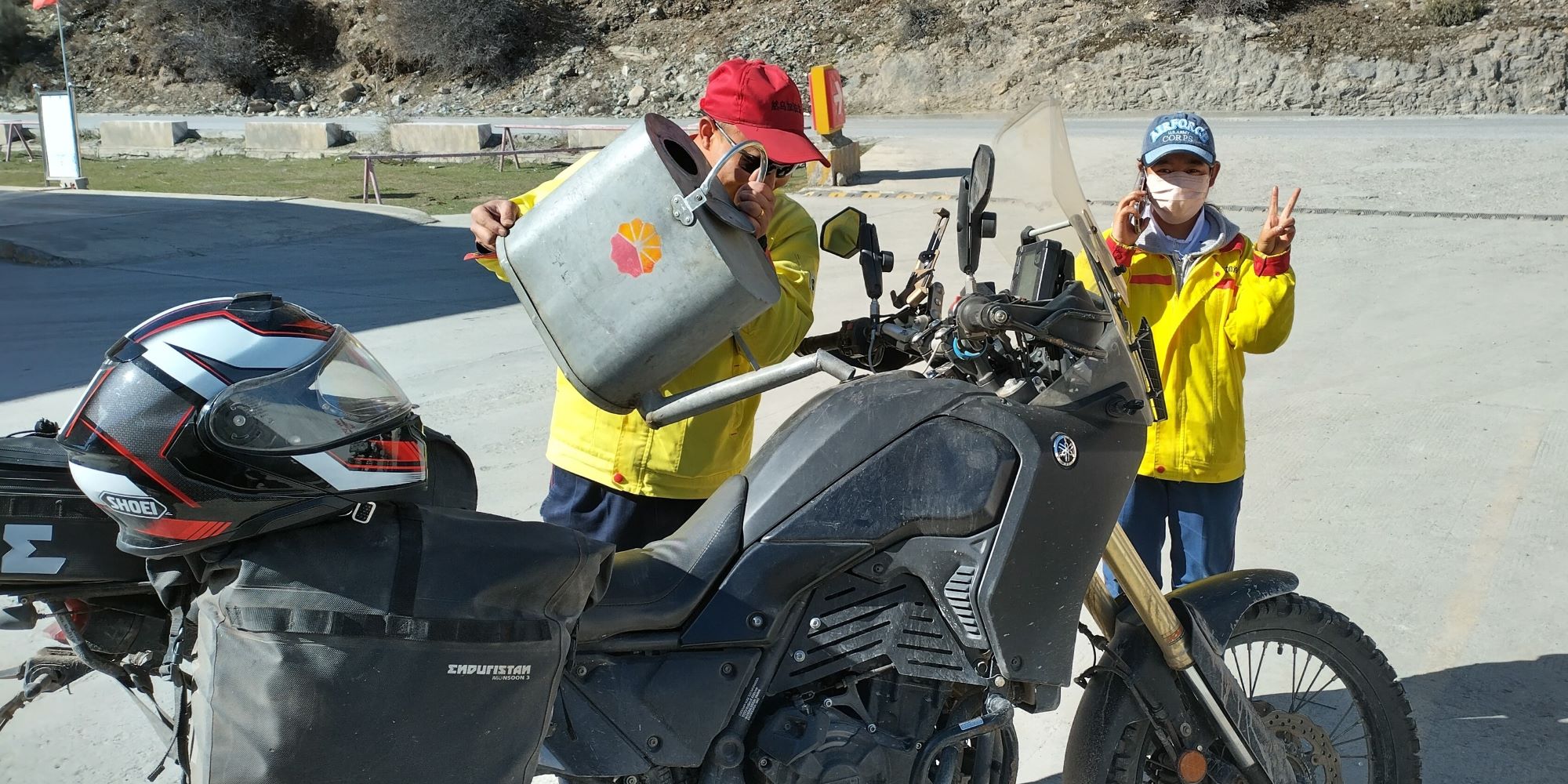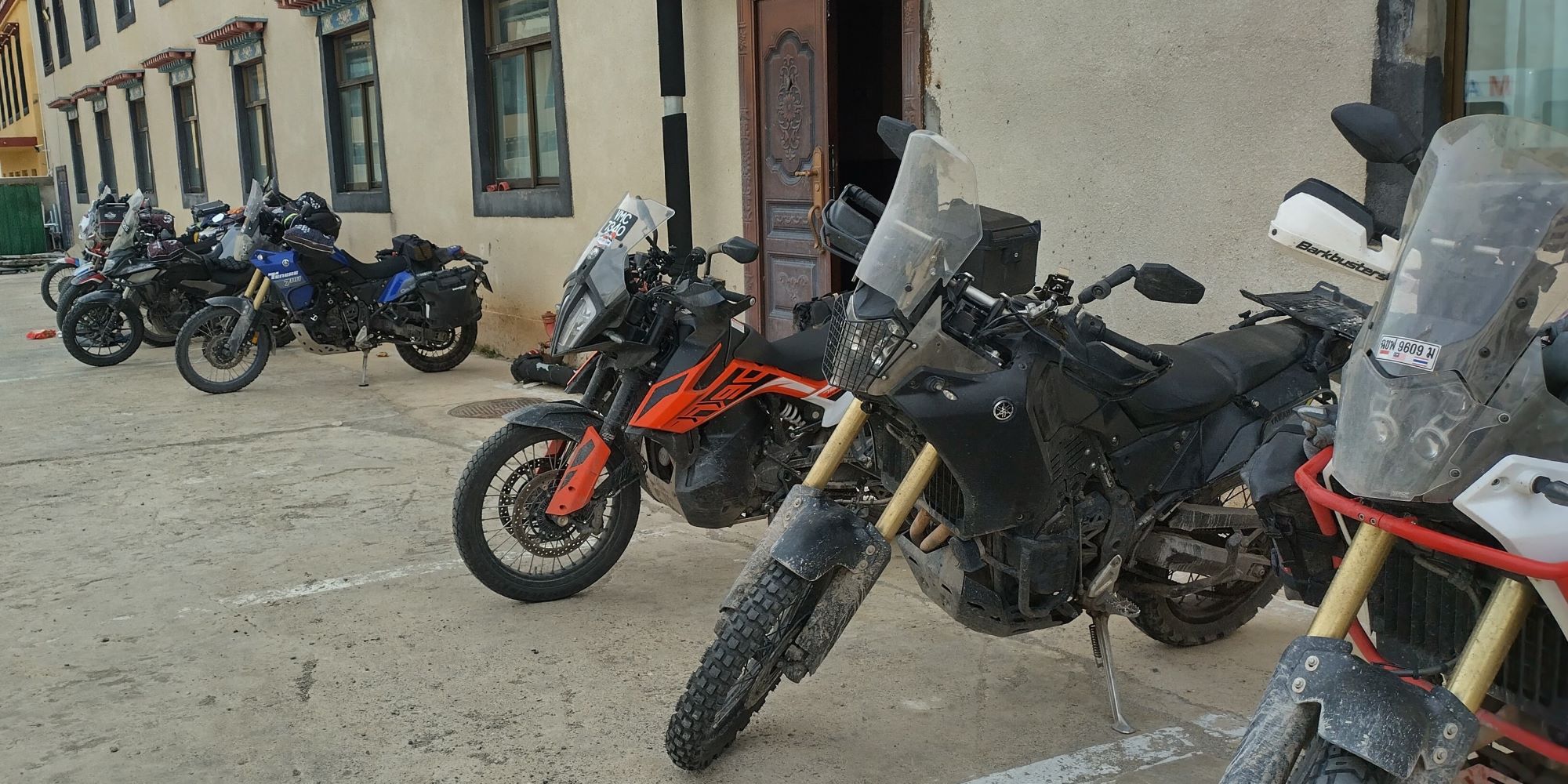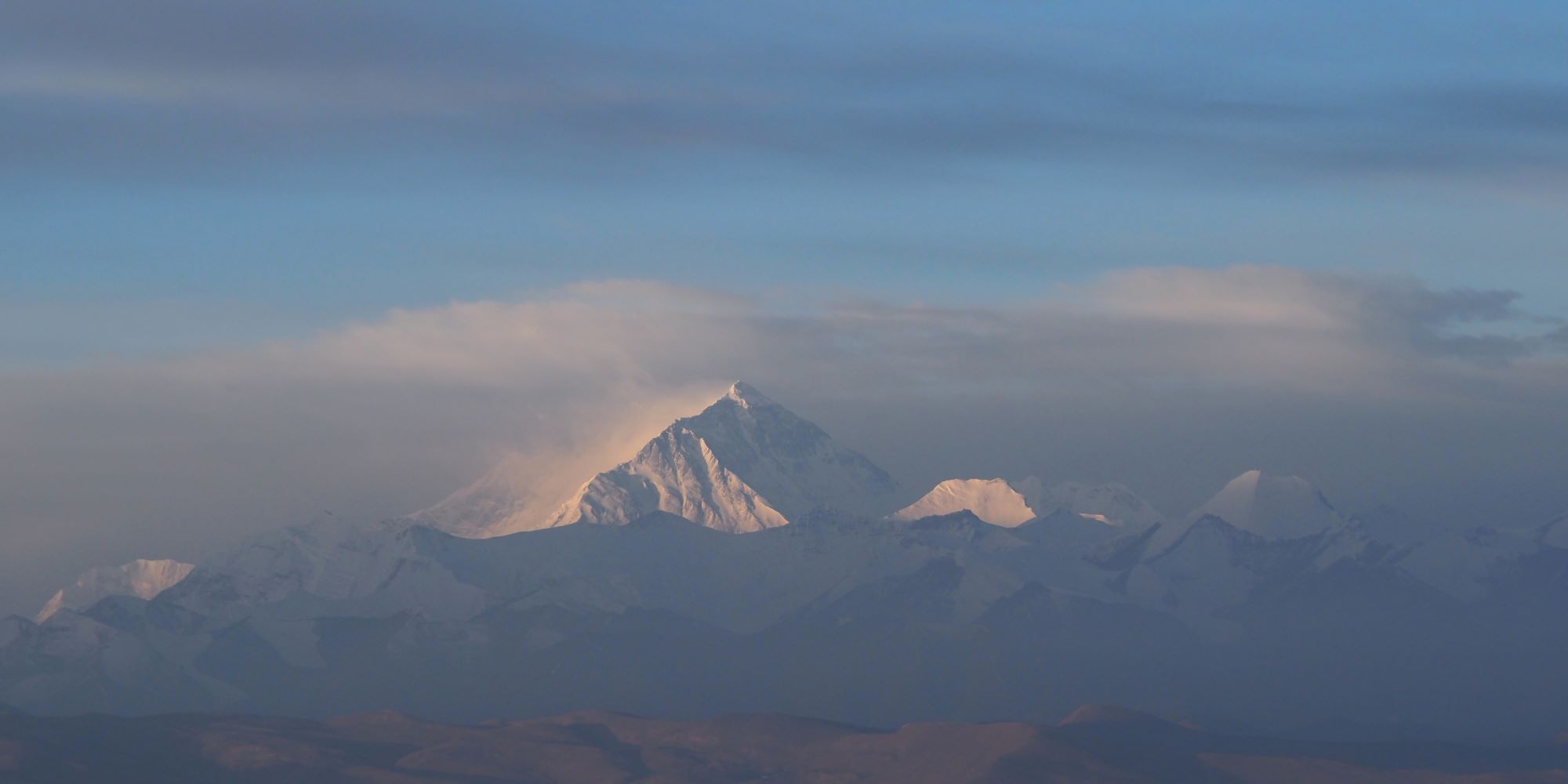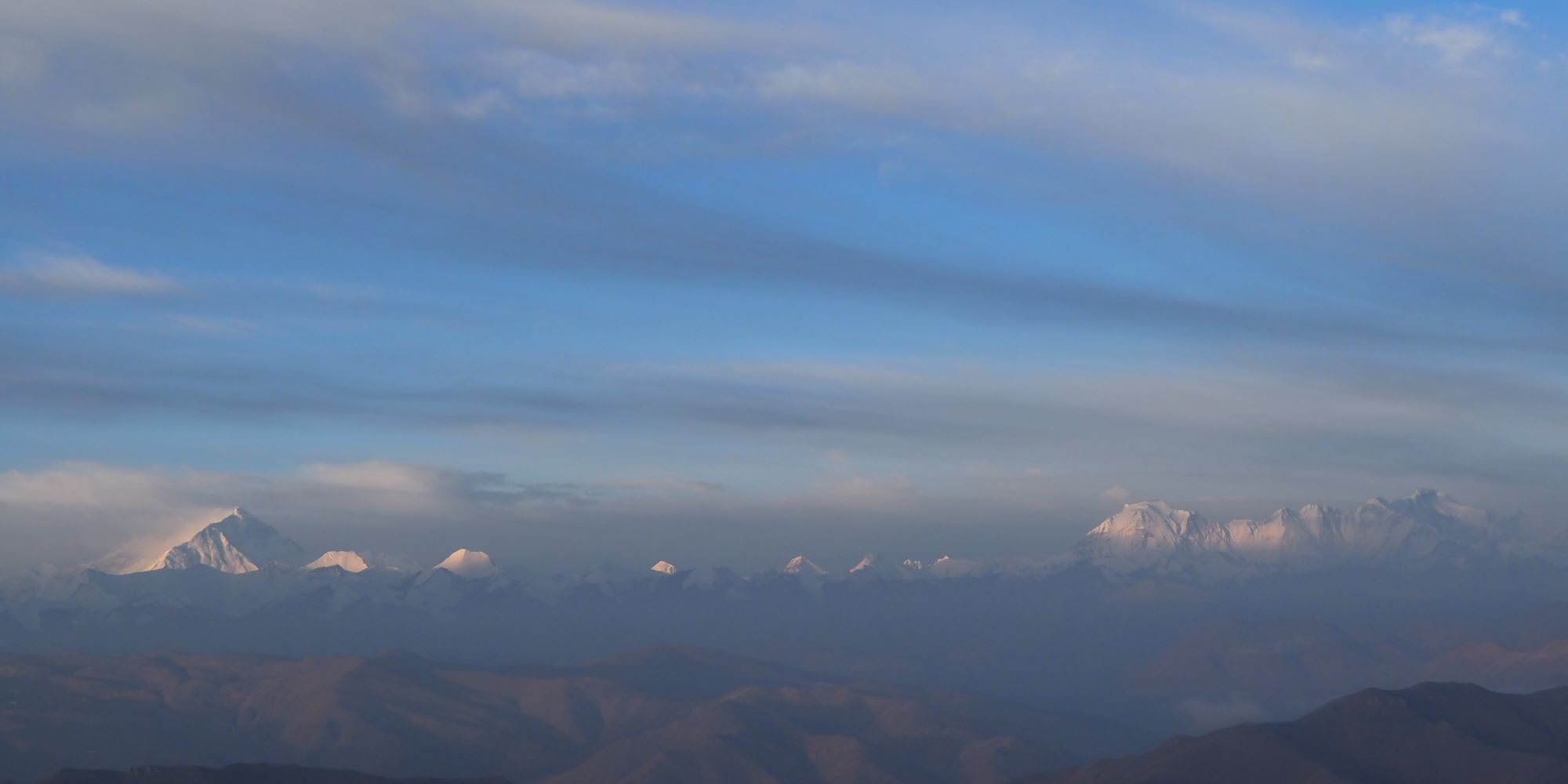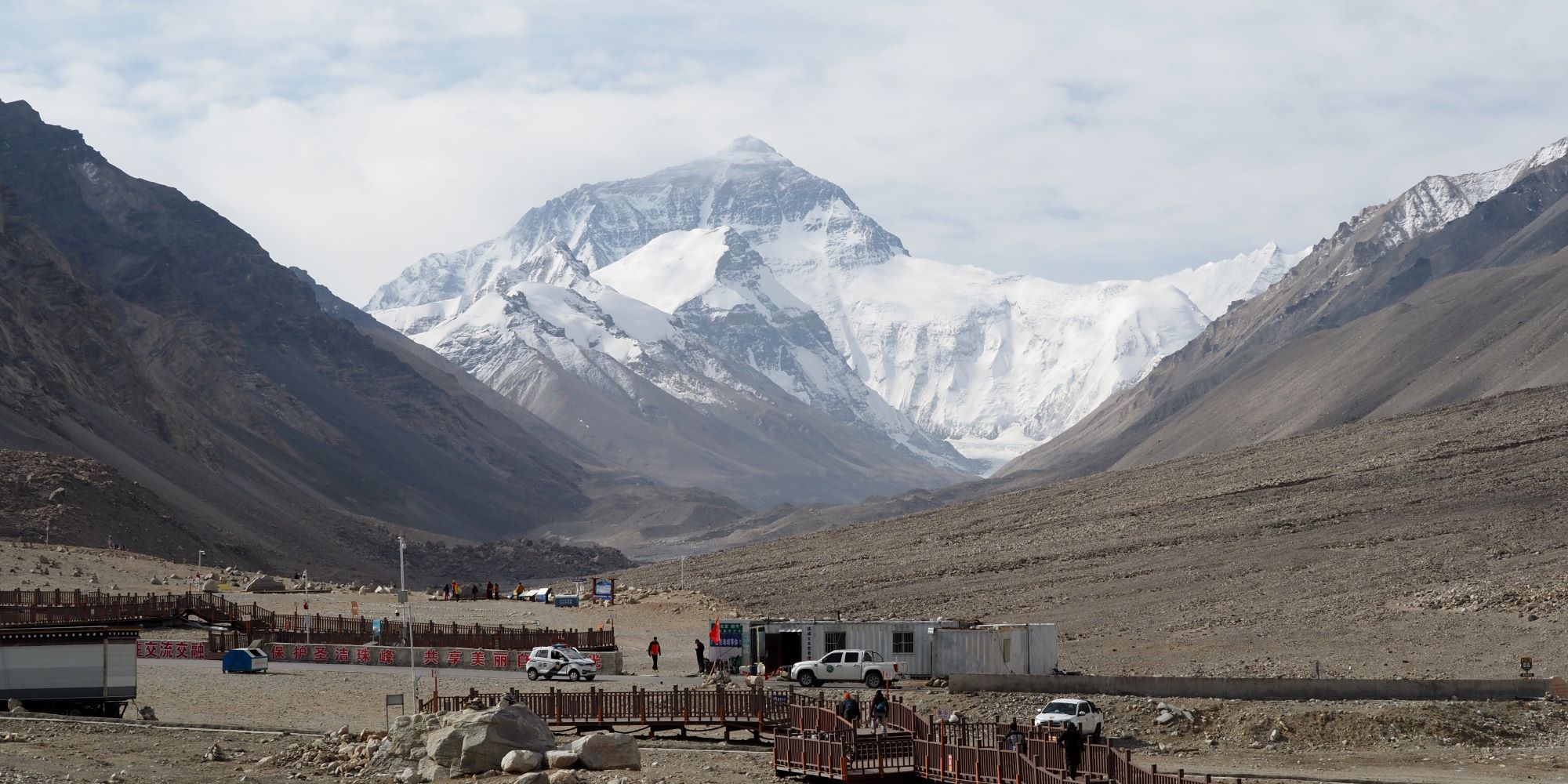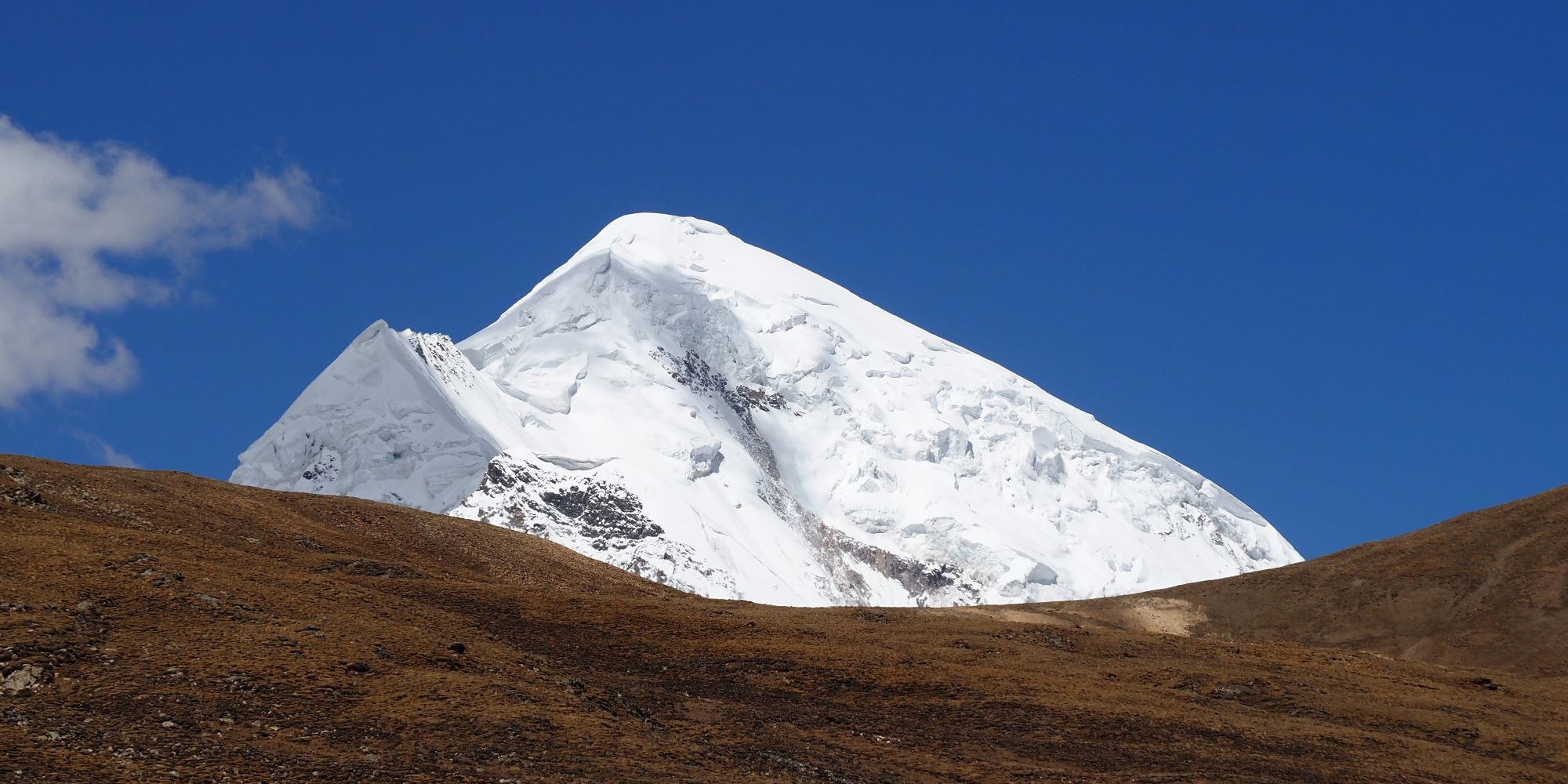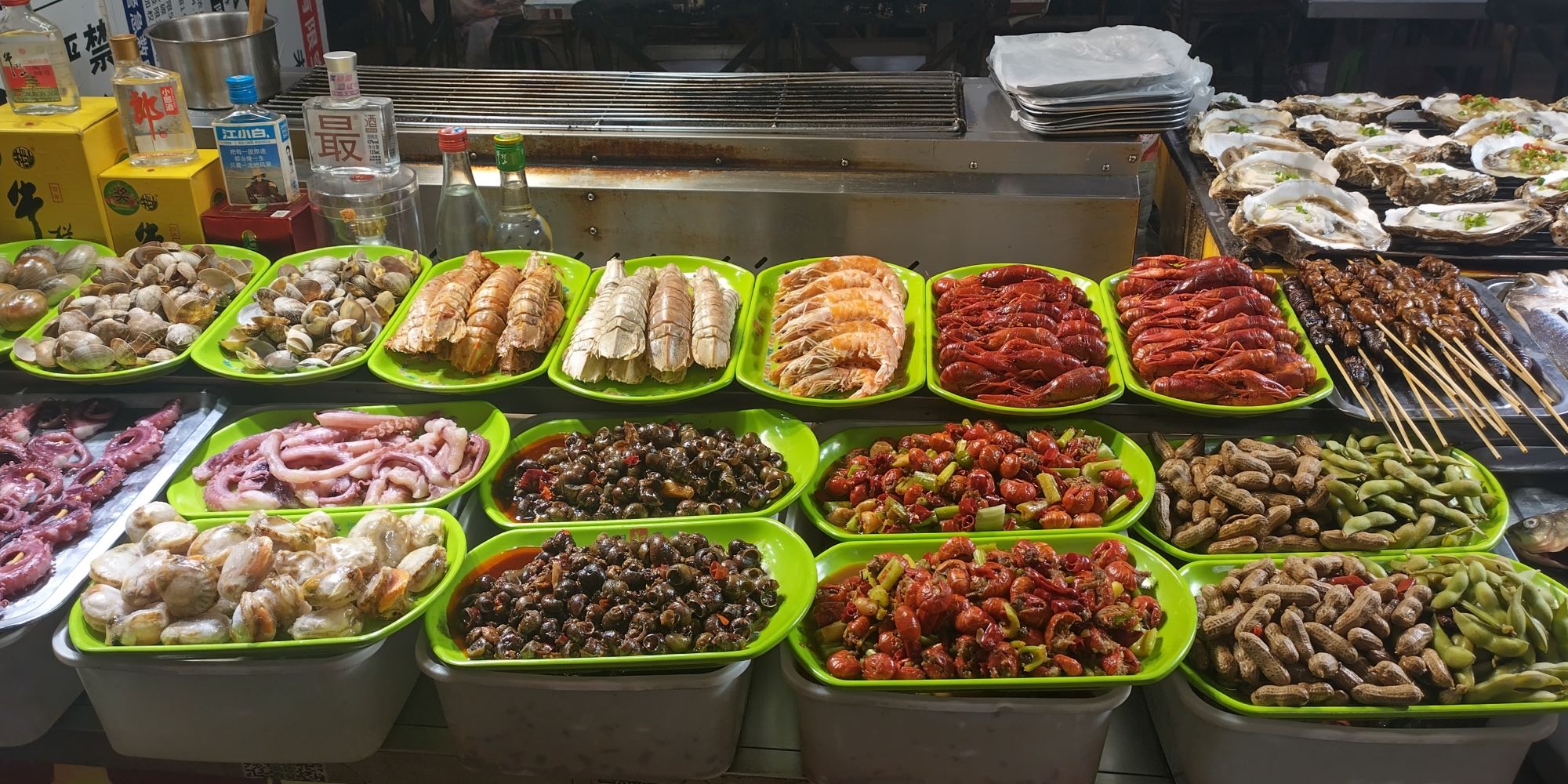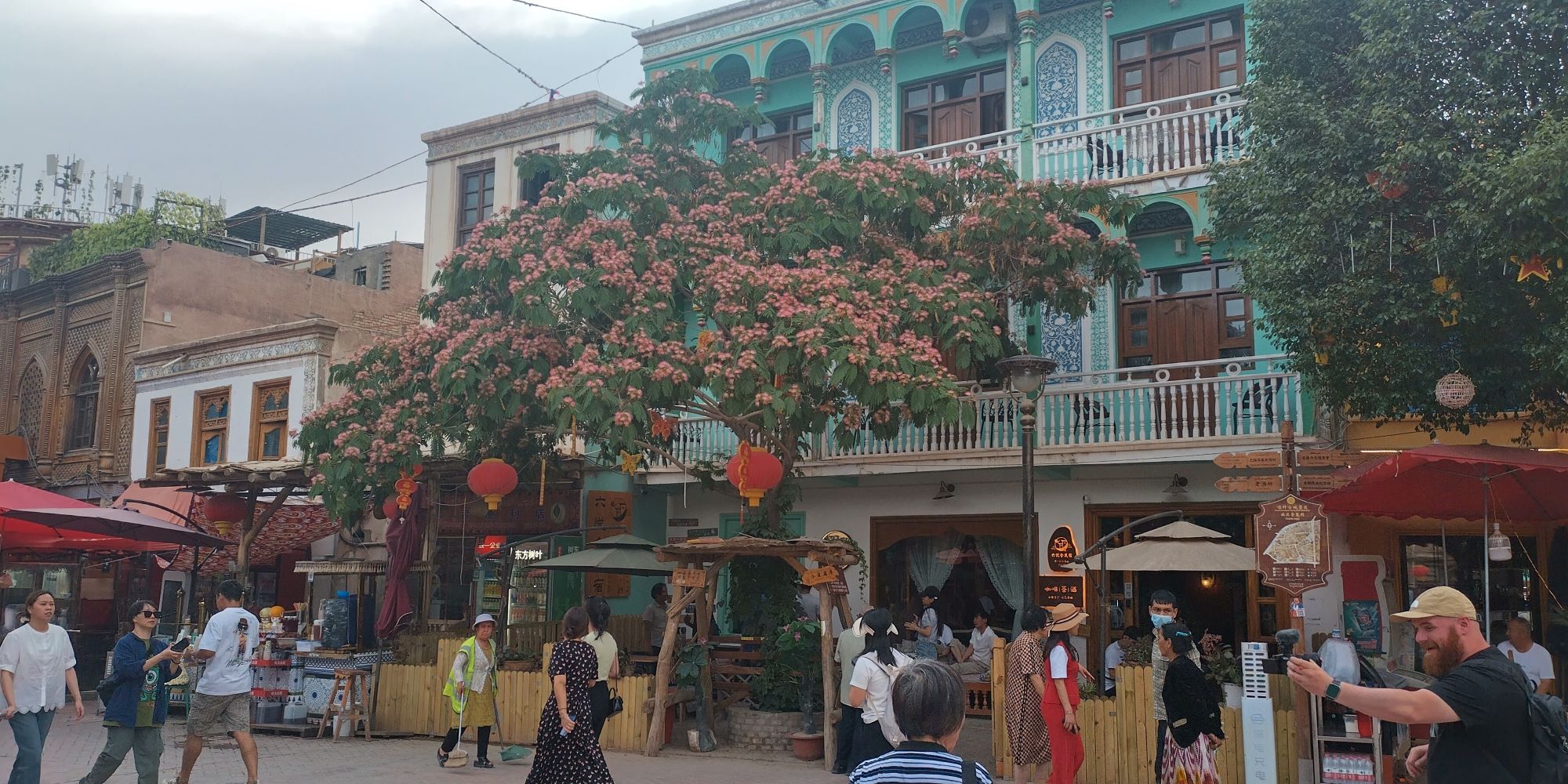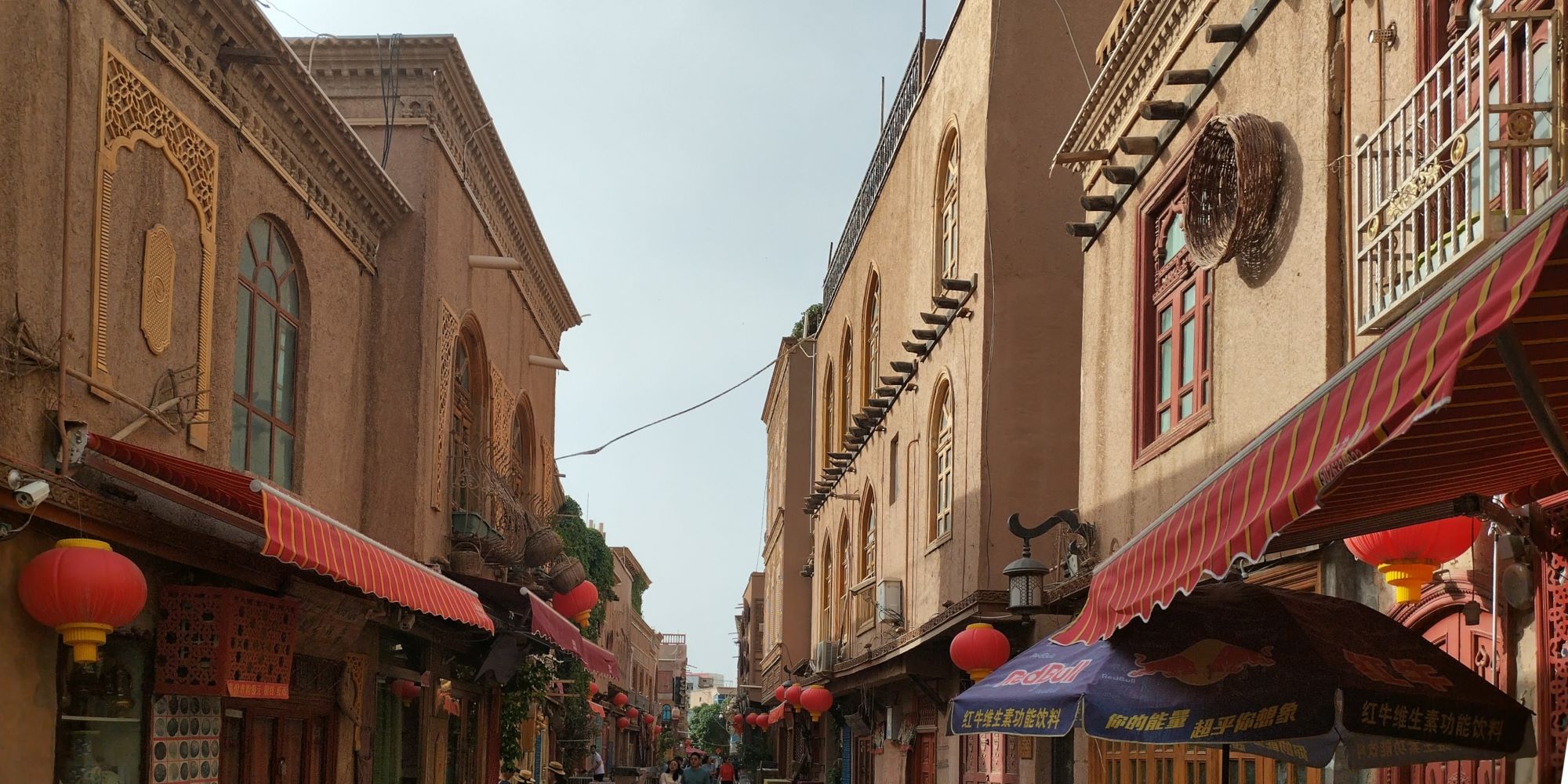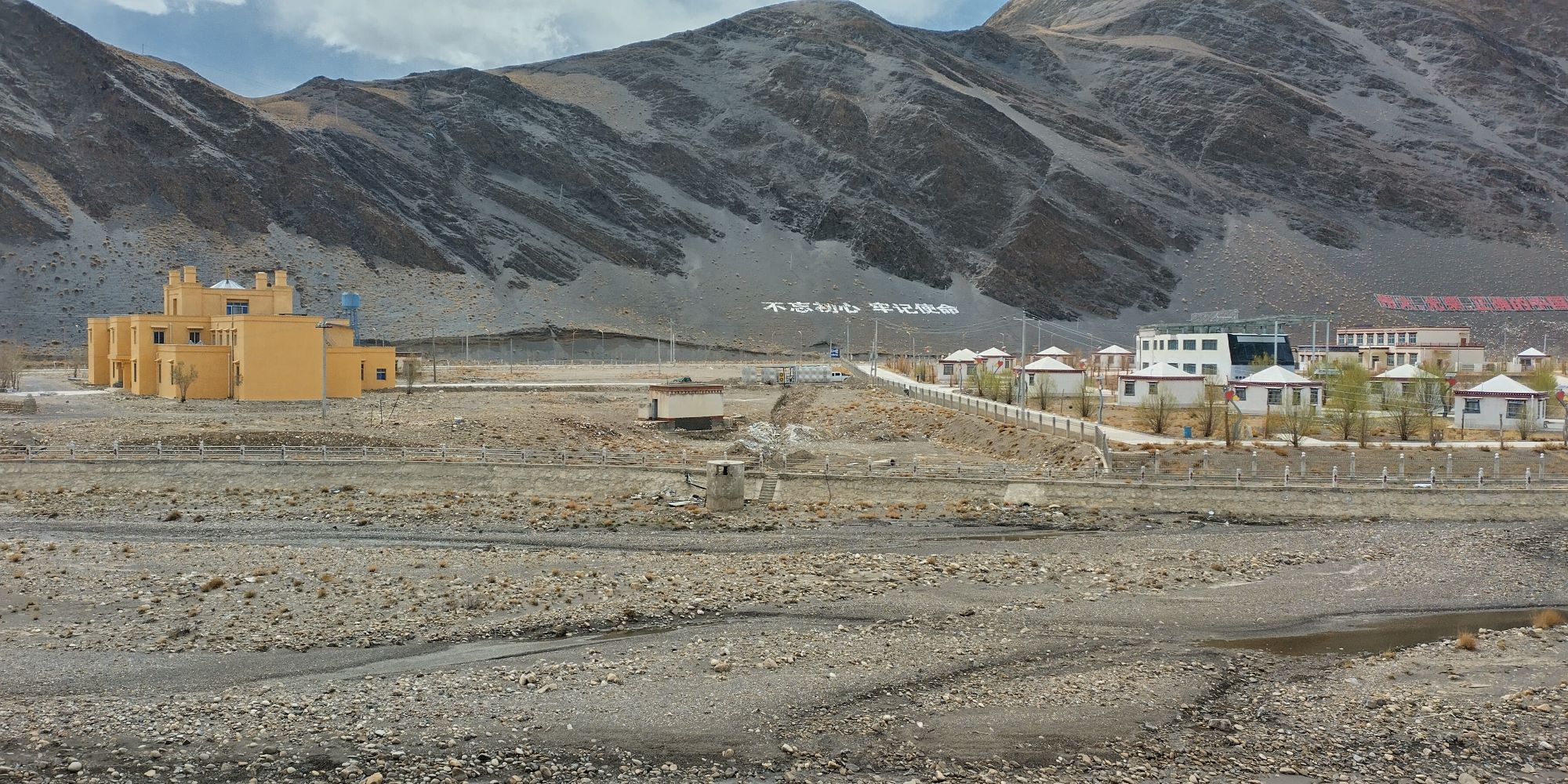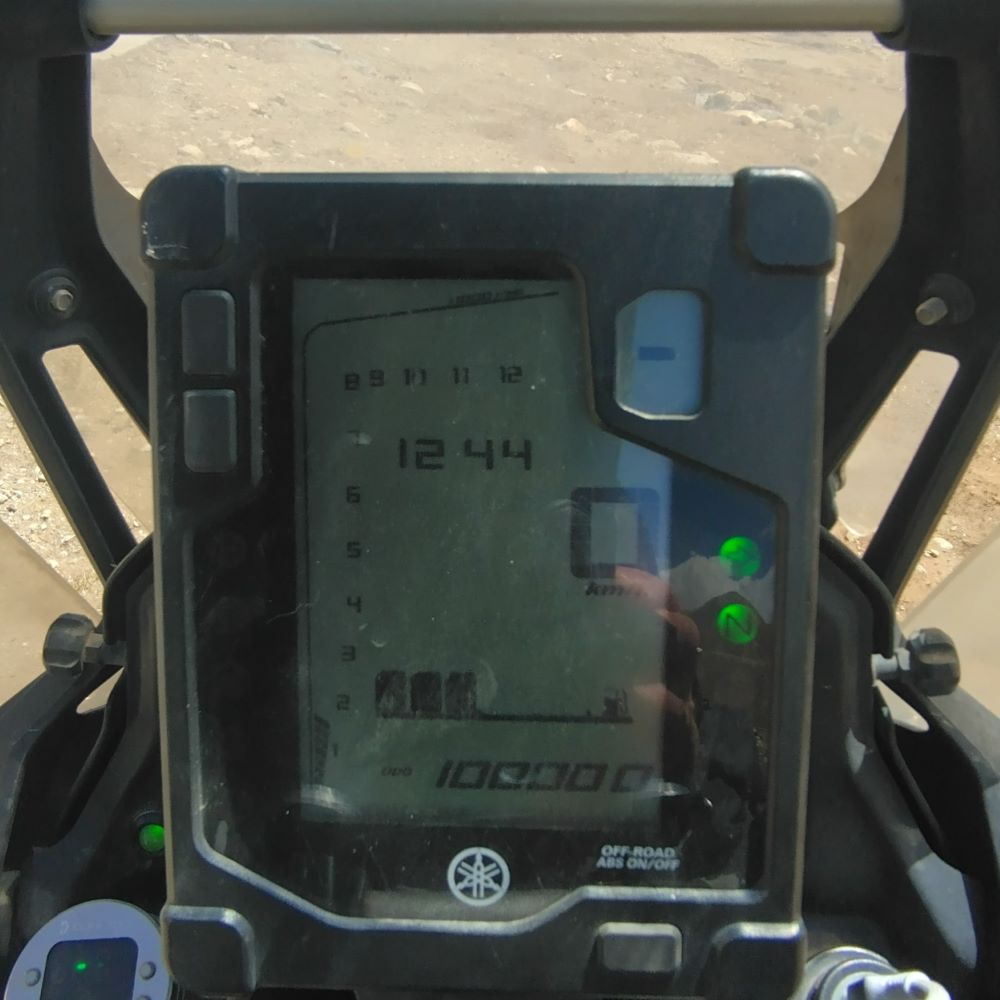Buying Petrol for a Motorcycle in China
Update 60 (May 2024)
Mount Everest to Kashgar, China
Between the perceived explosive potential of motorcycles and China’s strict controls, buying petrol for a motorcycle in China can become difficult.
Petrol station attendants have been trained as though a motorcycle is an unexploded bomb, just waiting to go off.
You can imagine their reaction when up to thirteen motorbikes would arrive together. With a bunch of foreigners that won’t follow their Chinese instructions, no matter how loud they yell.
Obviously at some point in the past there has been a tragedy while refuelling a motorcycle, to cause such rules. Of course it seems irrelevant for the modern well maintained motorcycles we were riding. But rules are rules, particularly in China….
Motorcycles cannot fill up at the pump or bowser. They must park in a special zone away from the pumps, and anything. You guess how much fuel to buy and then carry the petrol in a can or kettle to the motorbike. Sometimes the attendant will carry and pour it, sometimes you must do it yourself. Some petrol stations even have some sort of cage system for the motorcycle but we never saw that.
Sometimes the reality was a little more flexible than above. Some stations would allow the use of the pumps directly. But even then, with many you could not run the engine near the pump, you would need to push the bike to approach and leave the pump. Or you would need to park the bike outside the white line marking for the pump area and stretch the hose across to the bike. Often they would move a couple of fire extinguishers in place, just in case.
Most of the time we would try to get fuel in small groups to reduce the concern.
As we left Tibet and travelled through north western China and Xinjiang in particular, the rules got even more strict. Movement in the region is much more restricted. It is an area of China I gather few foreigners pass through. We would be stopped by at least two police checkpoints per day (same for locals), our guide also had to register us with the police in each town we stayed at. Our movements around the town were monitored and we were told to stay in the vicinity of the hotel. In some areas we were just not allowed to leave the highway. Although a few of us did when we were running out of fuel one time.
In north western China, petrol stations were like high security zones. There were high fences and boom gates with security staff to control the entry and exit of all people. Locals would have to scan their ID and faces. On many occasions we were prevented from entering petrol stations because we did not have a Chinese ID Card. Sometimes we would eventually be able to enter using our passport and temporary Chinese Drivers License.
Getting fuel, Tibet style. Once the process was over the staff would relax and want a photo. One young fella in our group from Denmark with his red bushy beard was particularly popular. Very few foreigners come through here.
The view from my Tingri Hotel window at 4,200 metres. My previous highest sleeping elevation had been 4,100m in Potosi, Peru. At 11pm after I had fallen asleep there was a knock on my door. Our Ride China guide had got a good weather report for the morning and we were leaving at 6am to watch the sunrise over Mount Everest.
There is a spot at the top of Pang La Pass (5,200m) where you can get a clear view of Mount Everest and the others peaks.
The view from the tourist Base Camp. It wasn’t the real Chinese Everest Base Camp. That is a few kilometres on and you need to be a climber with the right permits to access it.
Walking any sort of distance at 5,000 metres leaves you puffing. It is amazing to think of the early climbers that went up there with no oxygen and just primitive equipment. And didn’t even know how to get to the top.
After Mount Everest we back tracked for a while and then started to head north.
We were consistently at high elevations now. Most of the hotels had some type of oxygen available in the room. Normally it was a stand alone cheapish blower unit. The one below was built in and there was a charge of about 20 AUD, a bargain if you were struggling. 4,400 metres was our highest sleeping night. It is definitely harder than say 5,400m temporarily. I think everyone just used the free machines. Some people were finding the elevation difficult but we had no emergencies.
There is still a lot of manual labour in China. You will see many men and women in fields with just a fork or shovel.
Starting our push through the Gobi Desert, doing some long days. We were now passing through restricted areas of Xinjiang and entry for foreigners was very limited. On one day we did over 800 kilometres because foreigners could not stay in the area. It was on highway fortunately, but that is still a twelve hour day.
Visiting the night market at Khotan. Most of the seafood seemed to still be thawing out but the fresh oysters were a surprise considering our location.
The egg stalls were interesting. The little bottles on the right were to add to your egg but I didn’t ever work out what they were.
The food was all well presented and looked nice and fresh. There was another night market in town with dancing but I think this was the genuine one for the locals. I must admit I was boring and just had barbecued lamb skewers.
The view from my hotel room in Kashgar, one of the oldest continually inhabited cities in the world. For 2,000 years it has been part of the Silk Road.
Lhasa to Gyangzê Town, Tibet
Update 59 (May 2024)
Leaving China to Osh, Kyrgyzstan
Update 61 (May 2024)
